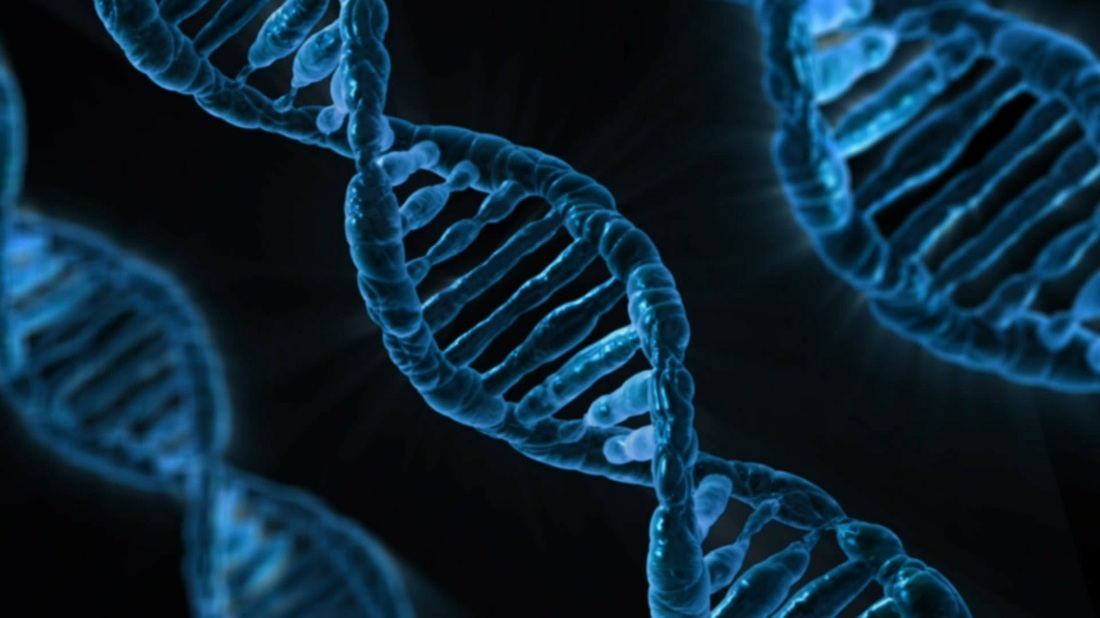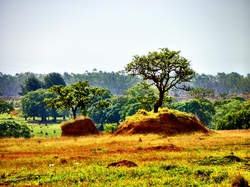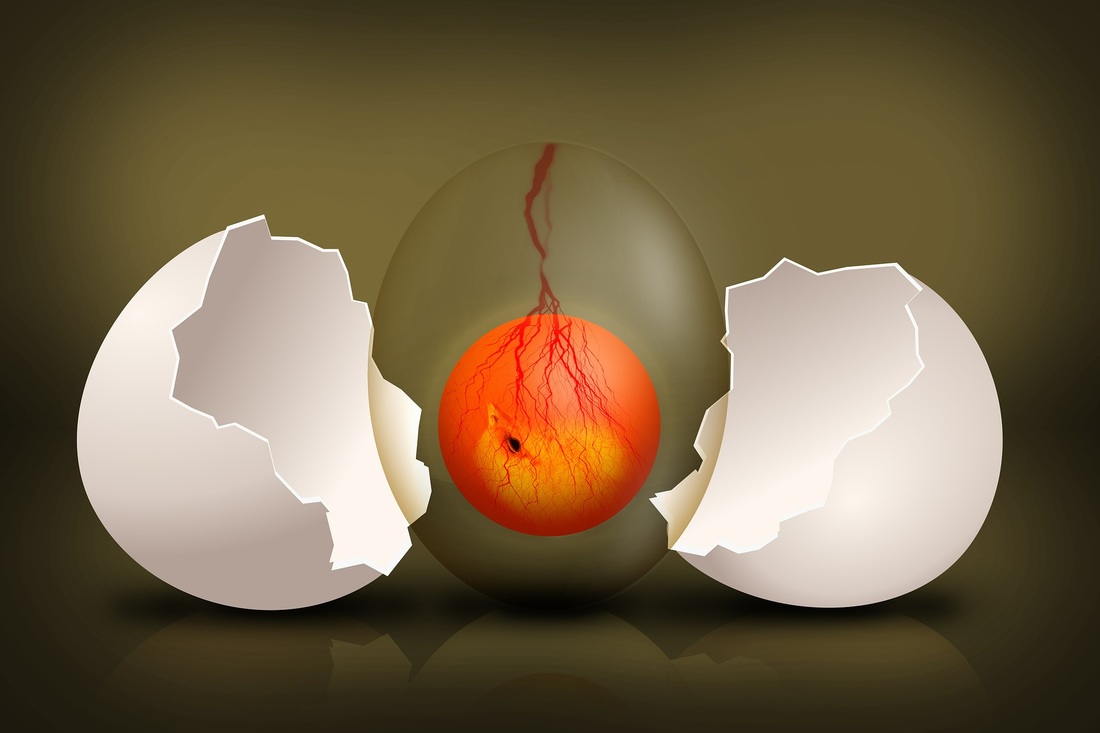Lesson 1: Biological TraitsContent Standard:
S7L3. Students will recognize how biological traits are passed on to successive generations. a. Explain the role of genes and chromosomes in the process of inheriting a specific trait. |
Lesson 2: BiomesS7L4. Students will examine the dependence of organisms on one another and their environments.
e. Describe the characteristics of Earth’s major terrestrial biomes (i.e. tropical rain forest, savannah, temperate, desert, taiga, tundra, and mountain) and aquatic communities (i.e. freshwater, estuaries, and marine). |
Lesson 3: Ethical Use & Evolution 7L5. Students will examine the evolution of living organisms through inherited characteristics that promote survival of organisms and the survival of successive generations of their offspring.
a. Explain that physical characteristics of organisms have changed over successive generations. c. Trace evidence that the fossil record found in sedimentary rock provides evidence for the long history of changing life forms. |




